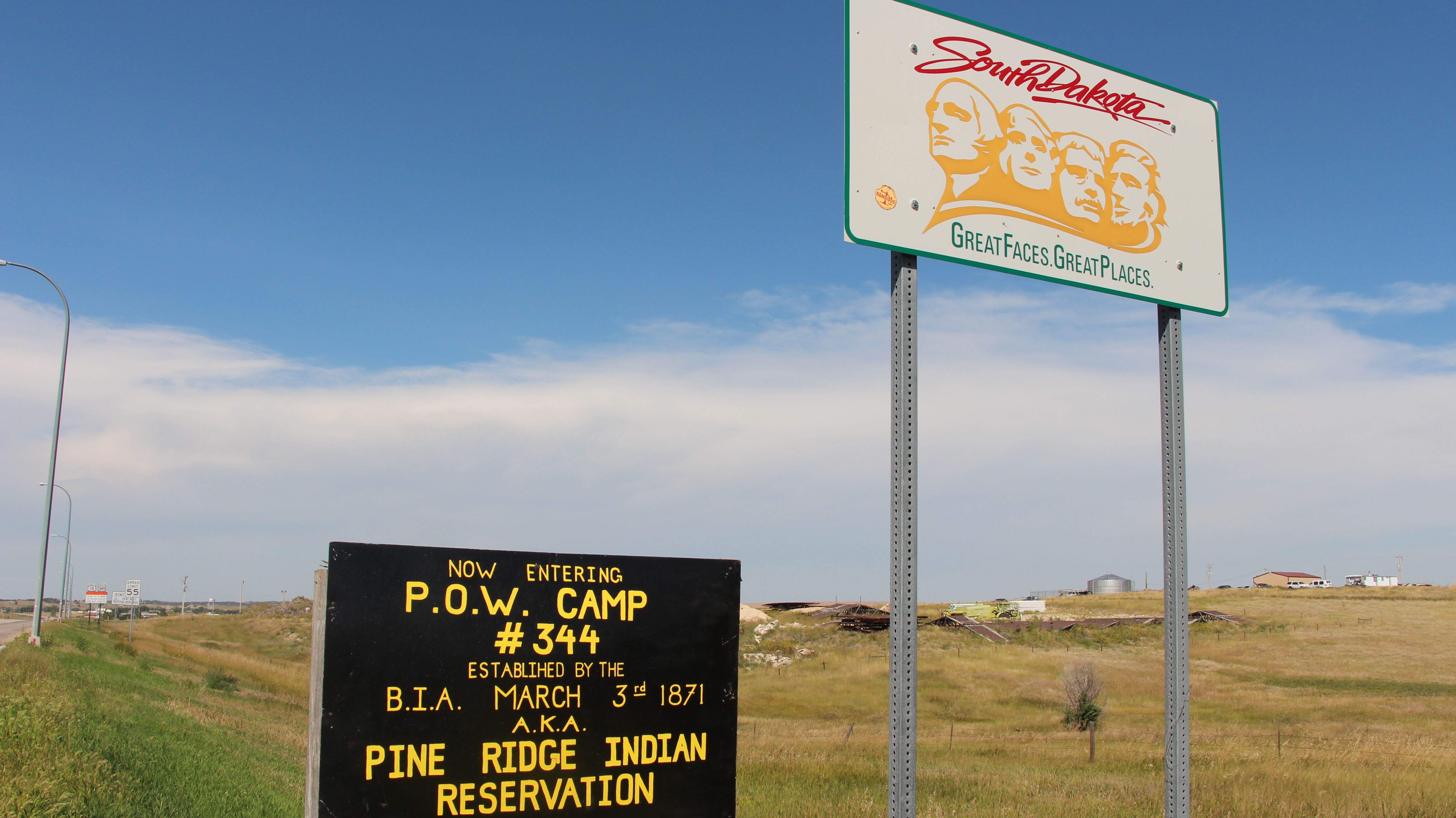The date on the sign corresponds with the passage of the Indian Appropriations Act of March 3, 1971 which stated that Tribal Nations would not be recognized “as an independent nation, tribe, or power with whom the United States may contract by treaty.”
Timothy Williams, “Indian Beer Bill Stalls; Industry Money Flows,” The New York Times, April 11, 2012, ➝.
Lawrence William Gross, Anishinaabe Ways of Knowing and Being (England: Ashgate Publishing Limited, 2014), 33.
Gross, 33.
White Americans, in contrast, explain alcoholism through personal and family histories. Roy Rosenzweig and David P. Thelen, The Presence of the Past: Popular Uses of History in American Life (New York: Columbia University Press, 1998), 173.
The map labels the Nebraska National Guard as the “Nebraska State Troops.”
I draw the term “camp” from the community’s own use of the label “P.O.W. Camp #344” in reference to the reservation. While my use of the term “camp” is informed by Giorgio Agamben’s, Agamben did not, and likely would not, recognize Pine Ridge Indian Reservation as a “camp.” For more on this, see Mark Rifkin, “Indigenizing Agamben: Rethinking Sovereignty in Light of the ‘Peculiar’ Status of Native Peoples,” Cultural Critique 73 (2009): 88–124.
